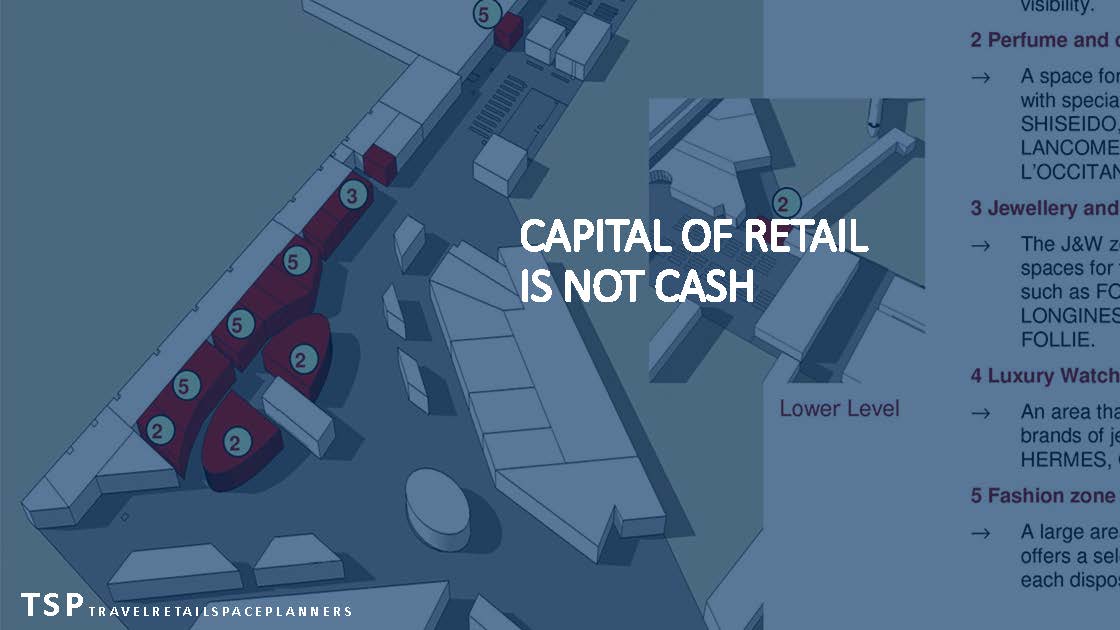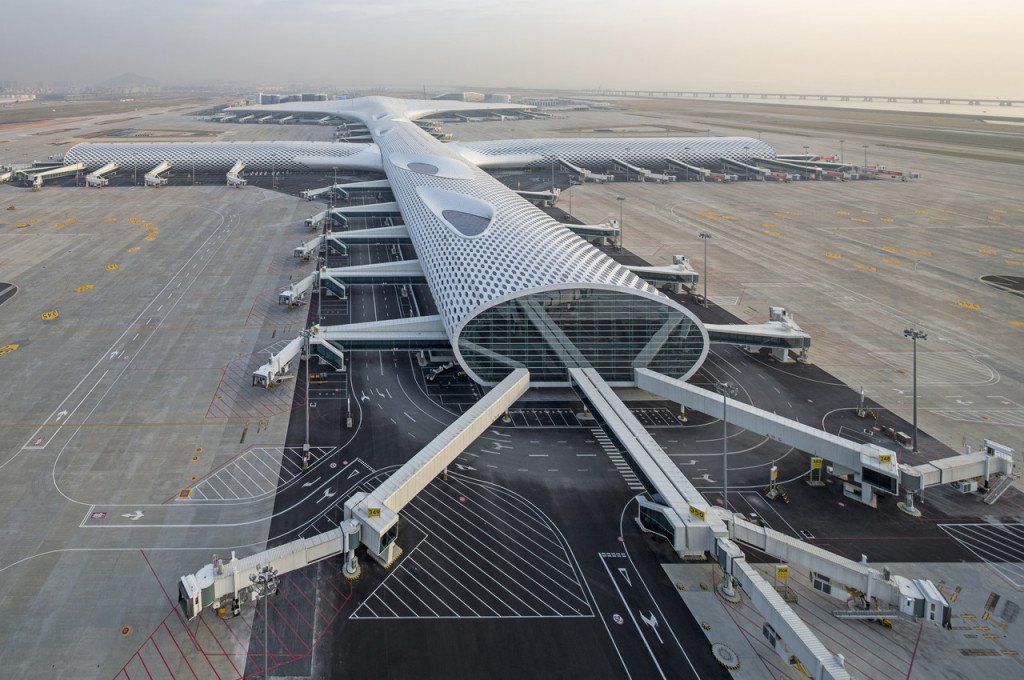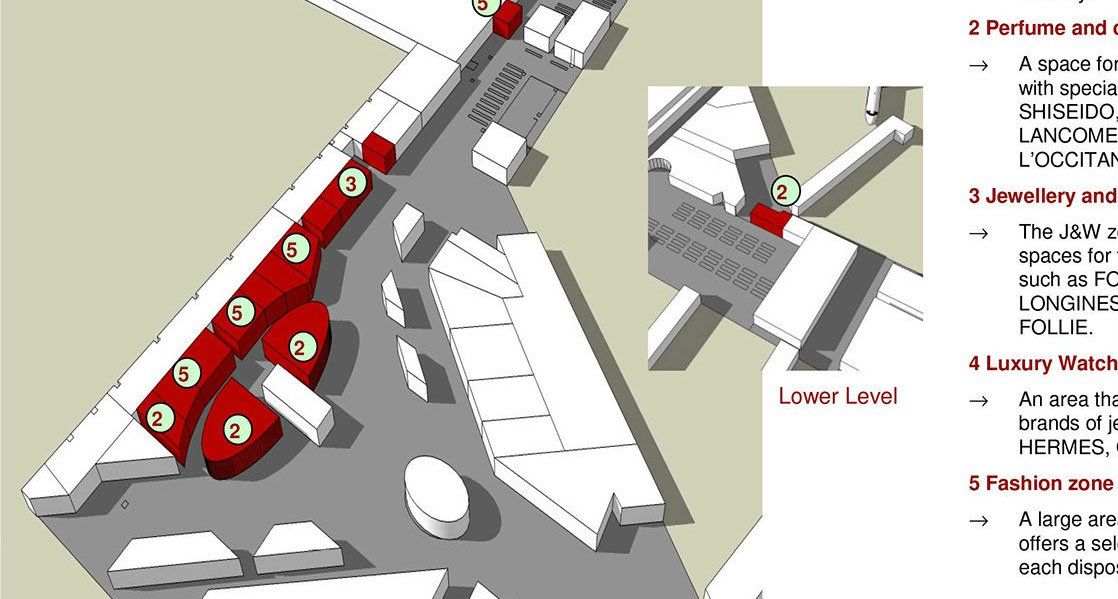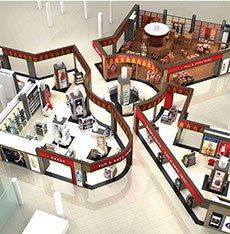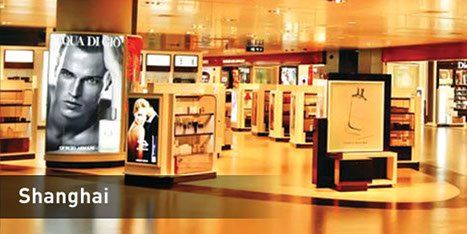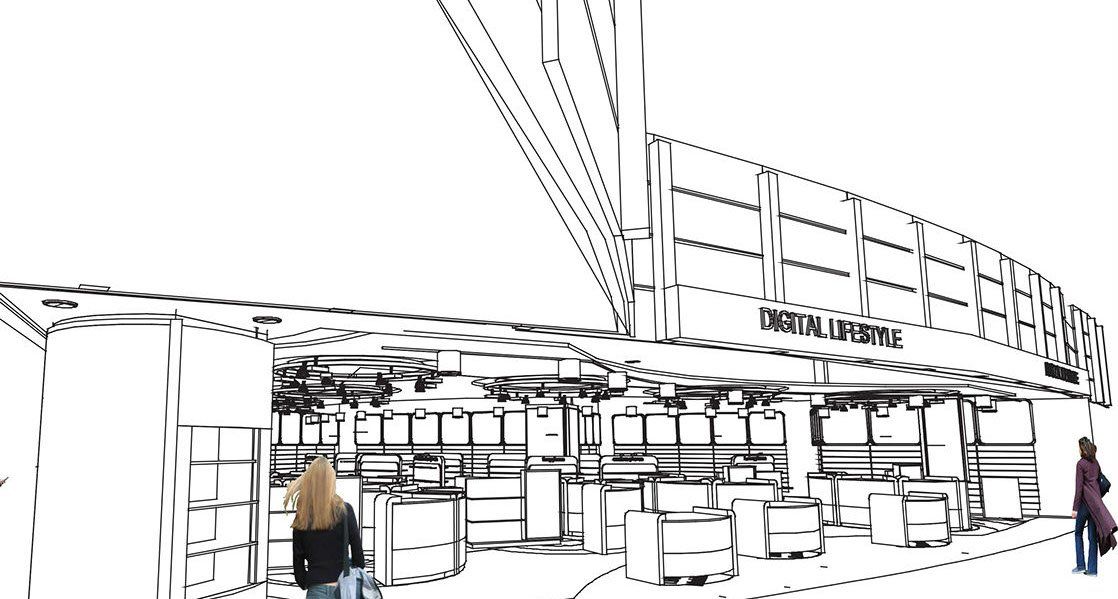We
design retail stores
& project manage
commercial space
at airports in Asia
Team of project managers and planners specializing on retail space planning for concessions in Airports, with past projects in 15 countries serviced with offices and associates based locally.
Our professionals are equipped with extensive industry careers and have wide experience in conducting senior level concession planning & project implementation assignments.
We have deep knowledge of Airports in Asia and experience from a broad range of Categories and currently retained by Clients with Global outreach.
Duty free shopping is a popular activity for many international travelers who want to buy goods at lower prices than they would find on the high street or online. Duty free shops are retail outlets that sell products without charging taxes or excise duties, on the condition that the goods are only sold to travelers who will transport them out of the country. The duty free industry is a major source of revenue for airports, as well as for the travel, tourism, aviation and maritime sectors.
History of Duty Free Shopping
The concept of duty free shopping was invented by an Irish businessman named Brendan O’Regan, who worked at Shannon Airport in the late 1940s. He was inspired by an on-board shop that sold duty free goods on a transoceanic flight to the US, and saw an opportunity to attract more passengers to his airport. In 1947, he opened the first duty free shop in the world at Shannon Airport, selling whiskey for $1.50 per bottle. The idea soon spread to other airports in Europe and around the world, and the product range expanded from alcohol and tobacco to include perfumes, cosmetics, electronics, fashion and more1.
Current Trends and Challenges
According to the World Duty Free Council, global duty free retail sales in 2017 were estimated to reach $75.7 billion, and the industry has been growing at a compound annual growth rate of more than 8% since 20002. However, the industry also faces some challenges and uncertainties, such as:
- Travel trend,demand and consumer behavior
- The competition from online retailers and e-commerce platforms
- The regulatory changes and restrictions on duty free allowances and products
- The need for more transparency and sustainability in the supply chain and operations
- The changing preferences and expectations of customers, especially millennials and Gen Z
To overcome these challenges and seize new opportunities, duty free retailers need to innovate and adapt their strategies to meet the needs of the modern traveler. Some of the key trends and developments that are shaping the future of duty free shopping are:
- On-arrival duty free: This is a service that allows travelers to buy duty free goods upon arrival at their destination, rather than before departure. This offers several benefits for both customers and airports, such as saving time, luggage space, security hassle and customs clearance3. On-arrival duty free is already available in some regions, such as non-EU Europe, Australasia, the Middle East and Latin America, but it is not yet widely adopted in other markets.
- Digitalization and personalization: This involves using technology and data to enhance the customer experience and offer more convenience, choice and value. For example, some duty free retailers use mobile apps, QR codes, digital screens, self-service kiosks, online pre-ordering and delivery services to provide more information, interaction and convenience to customers. Some also use customer data and analytics to offer personalized recommendations, promotions and loyalty programs based on their preferences and behavior.
- Experiential retail: This involves creating more engaging and memorable shopping experiences that go beyond transactions. For example, some duty free retailers offer product sampling, demonstrations, events, entertainment, cultural elements and social media activations to attract customers and increase dwell time. Some also collaborate with brands, celebrities, influencers and local partners to create exclusive products, collections and campaigns that appeal to different segments of customers.
Conclusion
Travel retail is a dynamic industry that plays a vital role in the travel ecosystem. However, it also faces some challenges and uncertainties that require innovation and adaptation. By embracing new trends and developments such as on-arrival duty free, digitalization and personalization, experiential retail and more, duty free retailers can create more value for customers, airports and themselves.
References
1: How is duty-free retail set to evolve in the future? - Airport Technology 2: Duty Free and Travel Retail Industry - Statistics & Facts | Statista 3: Unlocking the potential of on-arrival duty free at airports
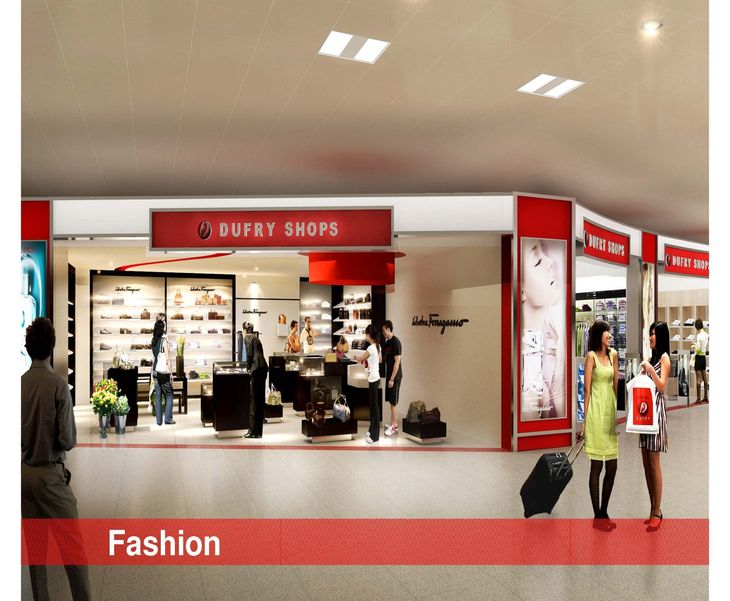
Our Philosophy
Our outreach
To whom it may concern:
TSP was our design and project management partners at the onset of acquisition of concession space in Singapore in 2004. Following which, for our developments and proposed developments in Hong Kong, Cambodia and China,with Shanghai as a landmark project covering approx. 3000 sqm concession space planning and involving over 50 Brands design and contracts management. During the course of these assignments, Hill has designed, managed and provided sound advice contributing to the overall success of Store Planning Program in Asia.
Dufry Asia
“TSP successfully worked on projects in Singapore and Hong Kong for over 10 years”
WH Smith Asia
“TSP designed, project managed and supervised various projects of our stores from 2000 to 2014”
Nuance Group, Asia
“TSP was our appointed Perfumes and Cosmetics Store Design Consultant and Project Manager at Changi Airport Terminal 1,
they successfully completed the project to our satisfaction”
Weitnauer Scotts Asia
Idea
Design
Accuracy
Satisfaction
Latest News
